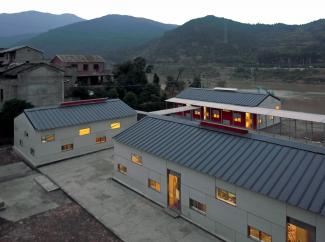
Mapping China: Urbanisation - 7 Urban Disasters and Crisis Management
Earthquakes and tsunamis have existed since before human history. However, urbanization has increased the risks and damages caused by these disasters. As people settle in denser and bigger concentrations, disasters with the same degree of intensity as in the past could lead to much greater losses in modern cities.
The SARS outbreak in 2003 was a painful lesson for China’s urban disaster management. The virus began spreading in November 2002 and soon developed into a ‘worldwide health threat’. It infected thousands of Chinese citizens and killed hundreds of them. It not only challenged the government’s management of public health but also led to a national socio-political crisis.
The 2008 Wenchuan earthquake and its aftermath were the most destructive in China’s modern history. The epicentre of the magnitude 7.9 earthquake was only 80 kilometres away from the city of Chengdu, with a population of 11 million. Almost 70 thousand people were killed and the lives of more than 4 million people were affected. Bridges and infrastructures were destroyed and the integrity of the supervisors responsible for quality control was seriously criticised. The emergency response led by the central state was regarded as comprehensive but the implementation of rescue techniques was not satisfactory. Most importantly, disaster risk-management training and community awareness activities, the key to effective disaster risk management, were proved to be insufficient at all levels.
Not only do natural disasters put cities at constant risk, today there are other threats that challenge urban management. The recent chemical plant explosion in Tianjin was a failure of industrial management, and the deadly air pollution that followed the explosion once again challenged the authorities’ capacity for emergency response. Such man-made disasters, as well as the current terrorist threats to the whole urban world, are bringing the issue of urban risk management upfront and turning it into an evolving discourse.

